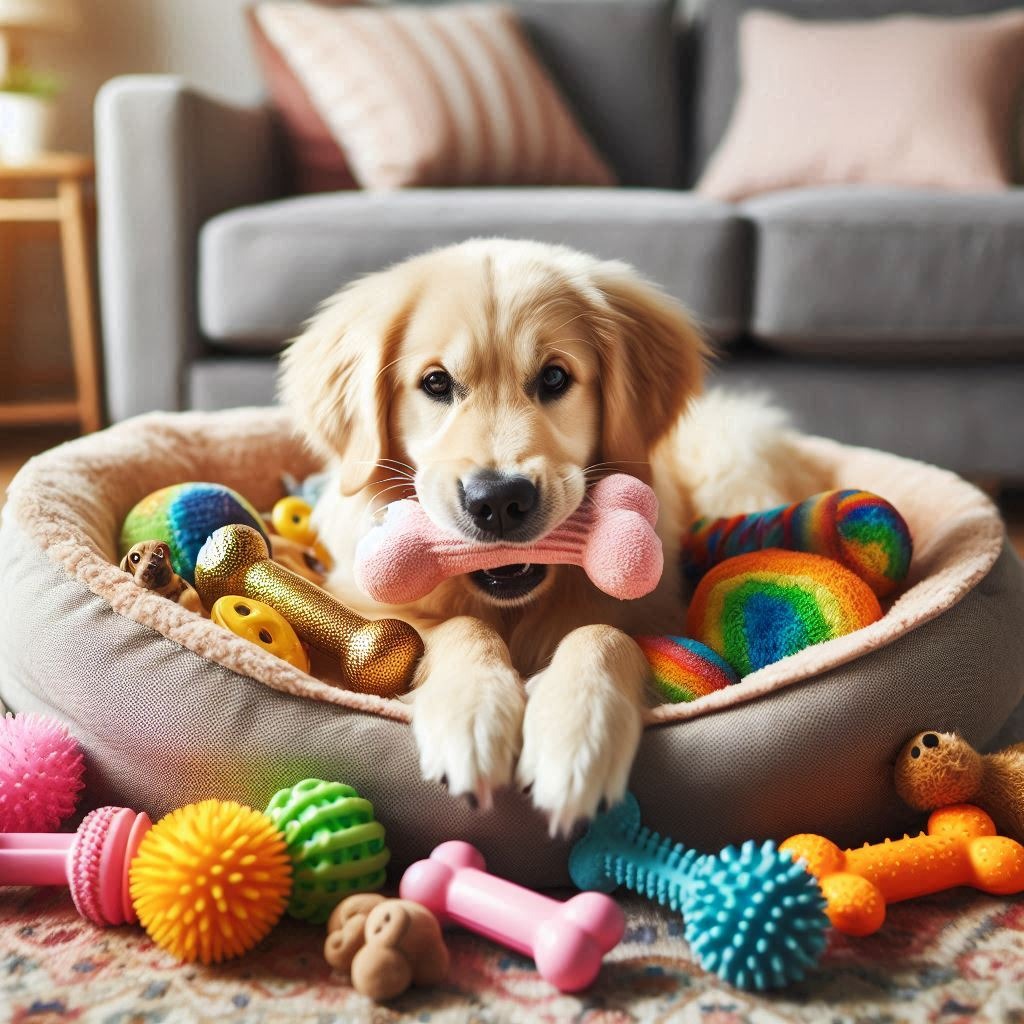Dogs can exhibit behaviors that look like jealousy when a new baby arrives, but it’s not jealousy in the same way humans experience it. Here’s a breakdown of what’s happening and how to manage it effectively.

Not Human Jealousy
Dogs don’t have the same complex emotional understanding as humans. Their brains are wired differently, and their reactions are more instinctual. When a dog seems “jealous,” it’s often a result of changes in their environment and routine rather than an emotional response akin to human jealousy.
Possible Reasons for Behavior
- Change in Routine: A new baby disrupts the dog’s daily routine and the attention they receive. This can lead to feelings of anxiety or insecurity.
- Loss of Attention: If the dog used to be the center of attention, they might perceive the baby as a competitor for your time and affection.
- Fear of the Unknown: Babies are unpredictable and can make loud noises or move suddenly. This might startle or frighten a dog who isn’t used to them.
Signs of Jealousy in Dogs:
- Attention-seeking Behaviors: Excessive barking, whining, or nudging you for attention when you’re interacting with the baby.
- Possessiveness: Guarding toys, treats, or even your physical space more than usual, especially around the baby.
- Acting Out: Destructive behavior like chewing furniture or barking excessively could be a way of expressing their frustration.
- Physical Pushing In: Subtly trying to squeeze between you and the baby or nudging the baby away might indicate they feel threatened.
Tips for Managing Your Dog’s Behavior
- Gradual Introductions: Let your dog sniff articles of clothing with the baby’s scent before direct interaction. This helps them get familiar.
- Supervision is Key: Never leave a dog unsupervised with a baby, no matter how gentle your dog seems.
- Reward Positive Interactions: Praise and treat your dog when they interact calmly with the baby.
- Provide Your Dog with Attention: Continue to give your dog love, playtime, and exercise to avoid feelings of neglect.
- Consult a Trainer: If you’re concerned about your dog’s behavior or have difficulty interpreting their signs, consult a certified professional dog trainer for guidance.
By understanding the reasons behind your dog’s behavior and taking steps to manage interactions, you can help create a safe and harmonious environment for your growing family.
Your dog’s adjustment to a new baby might take time, but with patience and proper management, both your dog and baby can coexist happily.
